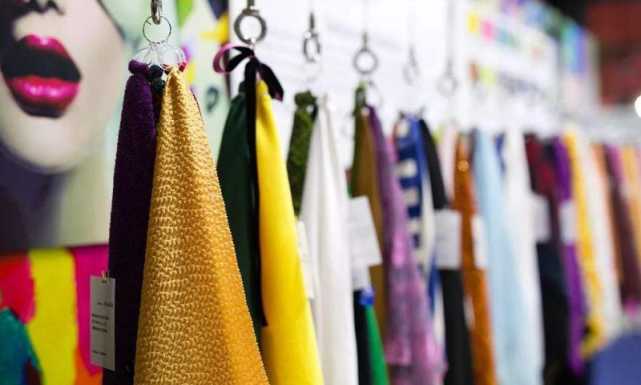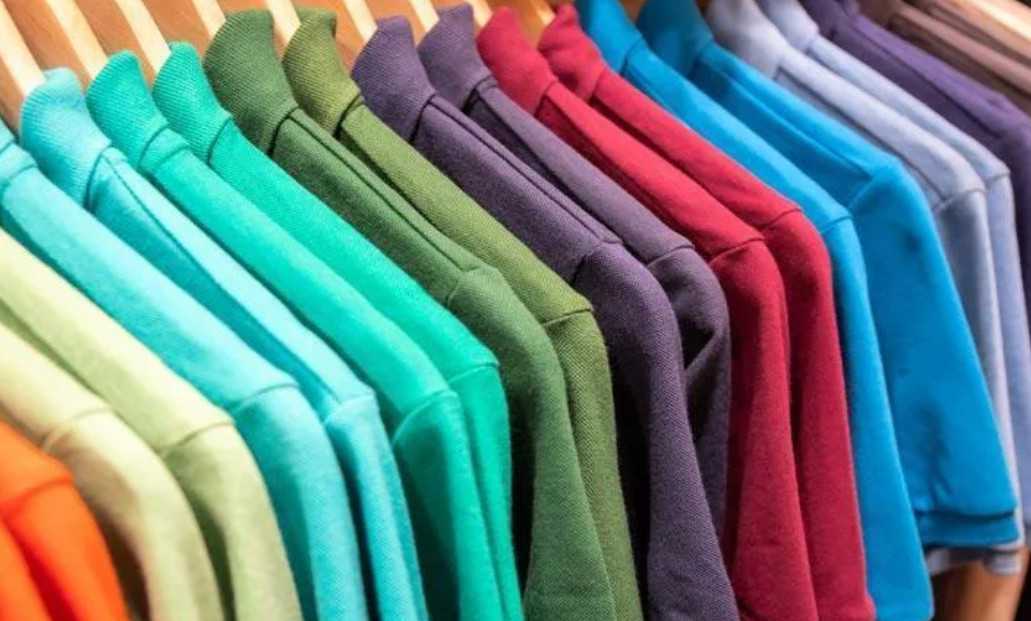
NewsInformation Center
Global Textile and Apparel Retail Market Development Review 2022
2023/03/20
2022 is the third year that countries around the world have coexisted with the new crown epidemic. In addition to the need to deal with the repeated impact of the epidemic on the economies of various countries, the energy crisis, high inflation, and declining consumption power this year have also become new challenges for global economic growth. In January of this year, the World Bank lowered its forecast for global economic growth in 2023 from 1.9% in October last year to 1.7% in the latest "Global Economic Prospects"; Growth will slow to 1.9%, the weakest pace in a decade.
At present, the recovery of the global economy is struggling, and the economic growth of many developed economies and emerging market countries is under pressure. Under high inflation, the overall performance of the world's major textile and apparel retail markets in 2022 will be mediocre and will not be significantly boosted.


Retail sales in key markets in North America
The outbreak of the new crown epidemic in 2020 has had a great impact on US apparel retail. In March 2021, the US government introduced a series of economic stimulus plans and issued huge financial subsidies to accelerate consumption recovery. As the impact of the epidemic gradually weakens and the interest rate environment becomes more relaxed, US apparel retail sales will usher in substantial growth in 2021.
However, the loose fiscal policy in the United States has also led to excessive expansion of demand to a certain extent, pushing up the level of inflation in the United States. The U.S. inflation rate has continued to rise since September 2021, peaking at 9.1% in June 2022 and falling back to 6.5% in December. In 2022, the subsidy effect in the United States will weaken, and the superimposed inflation will lead to a decline in the actual purchasing power of the people, and the demand for clothing will be weak. The growth rate of clothing consumption in the United States will slow down significantly compared with 2021. From January to February 2022, under the influence of the low base effect of the previous year, the growth rate of US clothing retail sales reached double digits year-on-year. After entering June, the monthly growth rate of clothing retail sales did not exceed 3%. In 2022, the retail sales of clothing (including footwear) in the United States will total US$311.86 billion, a year-on-year increase of 6.8%.
Entering 2023, as the inflation in the United States cools down, the demand for clothing in the United States will pick up slightly. In January of this year, the retail sales of clothing (including footwear) in the United States recorded US$36.74 billion, a year-on-year increase of 6.3% and a month-on-month increase of 2.5%, which was the first rebound in the United States after three consecutive months of decline.
In 2022, Canada will also suffer from high inflation, with an average annual inflation rate of 6.8%, double that of the previous year, but overall better than that of the United States. From January to May 2022, Canadian clothing retail sales have grown significantly under the influence of the low base effect of the previous year. In May, clothing retail sales increased by 93.7% year-on-year. With the Canadian inflation rate climbing to a peak of 8.1% in June 2022 and the low base effect weakening, the growth rate of Canadian apparel retail sales plummeted to single digits in the second half of the year. In December 2022, Canadian clothing retail sales will usher in a small rebound. The retail sales of clothing in that month will reach 2.47 billion Canadian dollars (approximately 1.81 billion U.S. dollars), a year-on-year increase of 15.8%.
Retail situation in key European markets
In 2022, the European economy is facing multiple pressures such as geopolitical crisis, soaring inflation, and tightening monetary policy. The economies of many EU member states, including Germany and Italy, are in a downturn and their growth is not as expected.
In the first half of 2022, the retail sales of clothing products in the UK, Germany, and the Netherlands showed a trend of ups and downs year-on-year, which is mainly related to the impact of the continuous adjustment of the epidemic prevention policies of various countries in 2021 on the consumption of related products. On the whole, the retail sales of clothing products in the above three countries in 2022 have been significantly restored and developed.


The control of the UK epidemic in 2021 can be roughly divided into three stages: before April 2021, due to the impact of the new coronavirus mutation Delta, the prevention and control measures were tightened, and the consumption of textiles and clothing decreased accordingly; after April, as the infection peaked, the control measures were gradually relaxed The consumption of textiles and clothing gradually picked up, until the end of the year encountered a new round of Omicron virus epidemic peak. Correspondingly, the retail sales of textiles, clothing and footwear products in the UK in 2022 will grow rapidly year-on-year in the first three months (the average growth rate in the first three months is 86.5%), and the average growth rate from April to November will drop to 10.5%. The monthly growth rate climbed to 20.3%. In 2022, the sales of British textiles, clothing and footwear products will reach 52.5 billion pounds (about 63.9 billion U.S. dollars), a year-on-year increase of 24.2%.
In 2022, Dutch clothing retail will basically follow the trajectory of the UK in the same year. After the average year-on-year growth rate of clothing retail in the first four months reached 93.1%, the growth rate of clothing retail in the Netherlands dropped sharply, and even fell into negative growth in June and August; in December, it rose by 53.3% year-on-year, and the cumulative growth of clothing retail in the whole year was 24%. %. In the first five months of 2022, the average growth rate of clothing retail sales in Germany rose by 173.6% year-on-year under the influence of the low base effect of the previous year, and then gradually declined in the context of rising inflation in Germany. In 2022, German clothing retail sales increased by 30.7% year-on-year .
After experiencing a sharp decline in 2020, France's GDP rebounded significantly in the third quarter of 2021 under the influence of the government's economic stimulus measures, returning to the pre-epidemic level. Since the second half of 2022, French household consumption has been suppressed by inflation, and economic growth has shown a downward trend. The annual economic growth rate in 2022 will only be 2.6%. In 2022, after experiencing a wave of high-speed growth in April, the retail sales of textiles and clothing in France continued to be negative year-on-year in the second half of the year. An increase of 4.5%.
Previous: Flash: Indian cotton prices expected to see a fall in 2023
N e x t : How to Perform an Oxygen Index Test?



